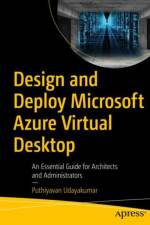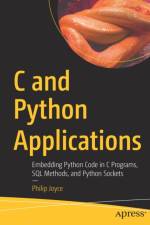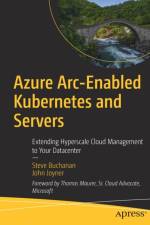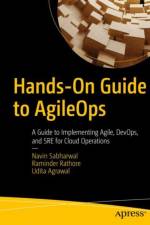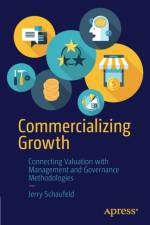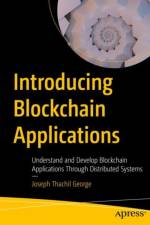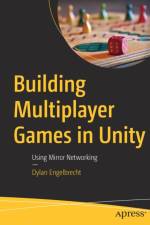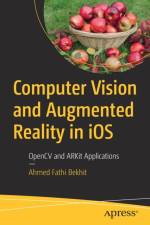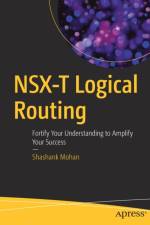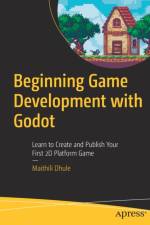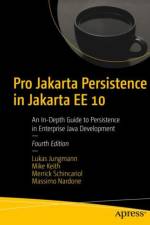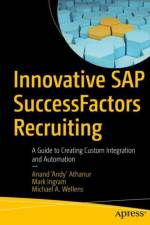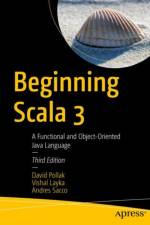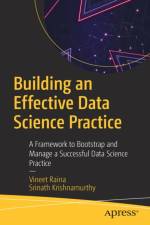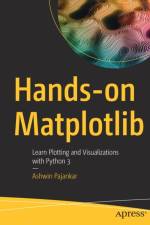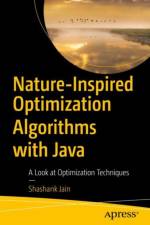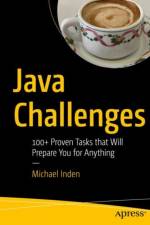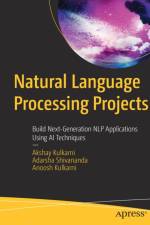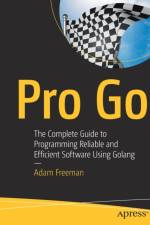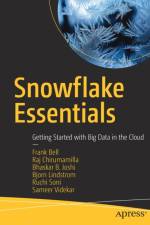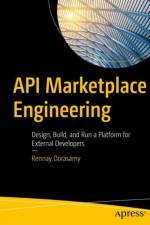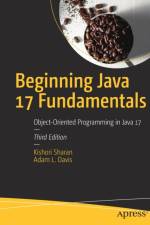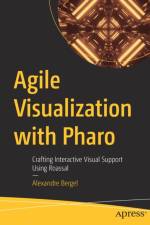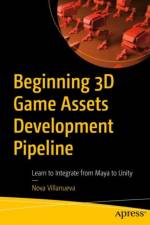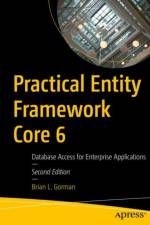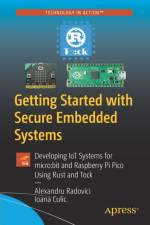av Navin Sabharwal
741
Discover the best practices for transforming cloud and infrastructure operations by using Agile, Scrum, Kanban, Scrumban and Spotify models. This book will help you gain an in-depth understanding of these processes so that you can apply them to your own work. The book begins by offering an overview of current processes and methods used in IT Operations using ITIL and IT4IT. The Authors provide a background of the Agile, Scrum, Kanban, SaFe, Scrumban, and Spotify models used in software development. You'll then gain in-depth guidance and best practices to implement Agile in the Operations world. You'll see how Agile, Site Reliability Engineering and DevOps work in tandem to provide the foundation for modern day infrastructure and cloud operations. The book also offers a comparison of various agile processes and their suitability to the infrastructure and cloud operations world.After completing this is hands-on guide, you'll know how to adopt Agile, DevOps and SRE and select the most suitable processes for your organization to achieve higher reliability, agility and lower costs while running cloud and infrastructure operations.What You Will LearnUnderstand how cloud computing and microservices architecture are changing operations dynamicsUnderstand ITIL, IT4IT, and LeanLearn how Site Reliability Engineering, Agile and DevOps work in tandemLeverage Agile, Scrum, Kanban, Scrumban, and Spotify models to run cloud operationsUse Site Reliability techniques along with Agile and DevOpsStudy the different agile frameworks (Spotify, SAFe, LeSS, DAD, Nexus), their purpose, benefits and implementation approaches.Learn a step-by-step process to identify and implement these frameworks in your organization Who This Book is ForInfrastructure architects, DevOps architects, Agile practitioners, DevSecOps Experts, Product Managers/Scrum Masters, DevOps Engineers.

